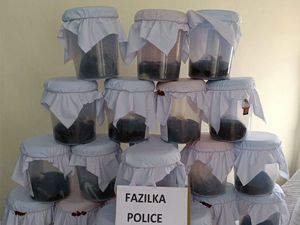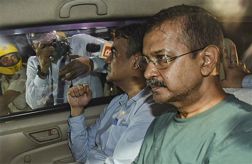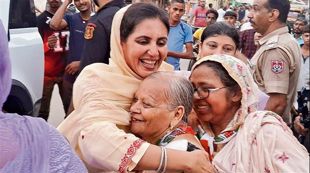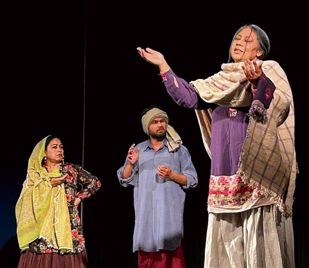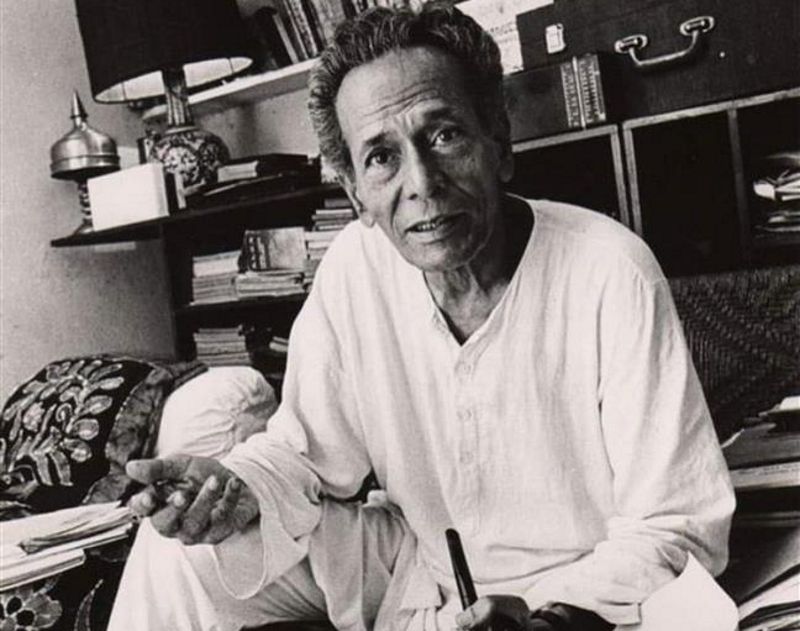
Habib Tanvir said any play written with depth and produced with any kind of layers, nuances, undertones, must profoundly disturb the audience. Photo courtesy: Naya theatre
Sarika Sharma
IN the run-up to his first major experiment in theatre, it was a tough few months. Habib Tanvir was “awfully busy and a bit lonesome”. In a letter dated October 13, 1958, to his English girlfriend, Jill MacDonald, he wrote: “I hope my present experiment in theatre succeeds.” Earlier that year, Habib had returned to India after staying in Europe for close to four years, and had joined Hindustani Theatre in Delhi. This was going to be his big experiment in music, dance and drama.
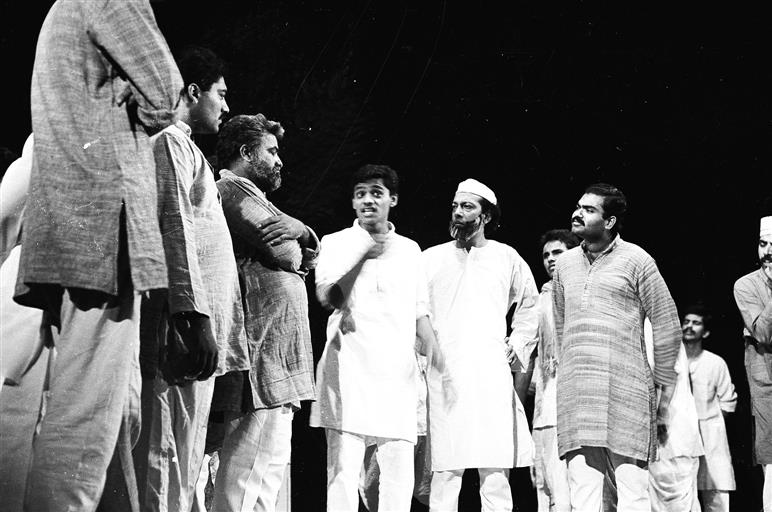
On December 1, Habib took to stage ‘Mitti ki Gaadi’ based on Shudrak’s Sanskrit play ‘Mrichchakatikam’. He had adapted the ancient Sanskrit drama for the modern times using folk devices. The ensemble cast of 36 amateurs included six Chhattisgarhi actors — all of them instinctive performers, high on wit and gay abandon. These actors were to form the core of his theatre group, Naya Theatre, which was to redefine the word ‘new’ in many ways. His letters to Jill over the next few months expressed hope: “My experiment was successful and I think it has shown a definite new way in theatre.” These letters are part of the book, ‘A Story for Mukti’ (HarperCollins); Mukti being the son of Habib and Jill’s daughter, Anna.

Born at Raipur in what is now Chhattisgarh on September 1, 1923, Habib was actively involved with the Indian People’s Theatre Association and Progressive Writers’ Association in Bombay. He moved to Delhi in 1954, heading to London to join the Royal Academy of Dramatic Arts in 1955 and the Bristol Old Vic Theatre thereafter. It was there that he met Jill. Back in India, he was to meet Moneeka Misra, his future wife. She was “thrown out” of Hindustani Theatre when Habib took her place upon his return. When he quit the troupe over his refusal to take up the play ‘Mudrarakshasa’, they came together and opened Naya Theatre in 1959.
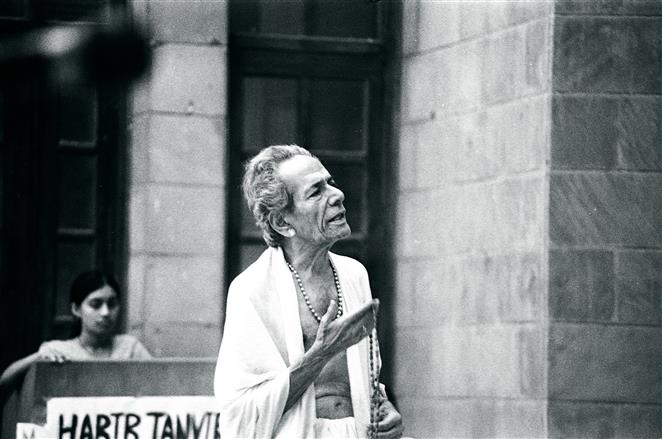
What Habib had showcased with ‘Mitti ki Gaadi’ was something unheard of. Theatre director-actor Sudhanva Deshpande says Habib sought out the rural Nacha actors (Nacha being the traditional theatre form of Chhattisgarh) because he remembered how good they were when he had seen their performances in his childhood. But he wasn’t interested in rural theatre for the sake of it. “He was creating theatre for the modern times with the best actors he could find, who happened to come from a rural setting. But actors are not empty vessels; they bring with them their culture and language and histories, and all these naturally found expression in his theatre. It was an organic process. Habib Tanvir had to ‘unlearn’ many things he had been trained in so that he could bring out the best from his rural actors.”
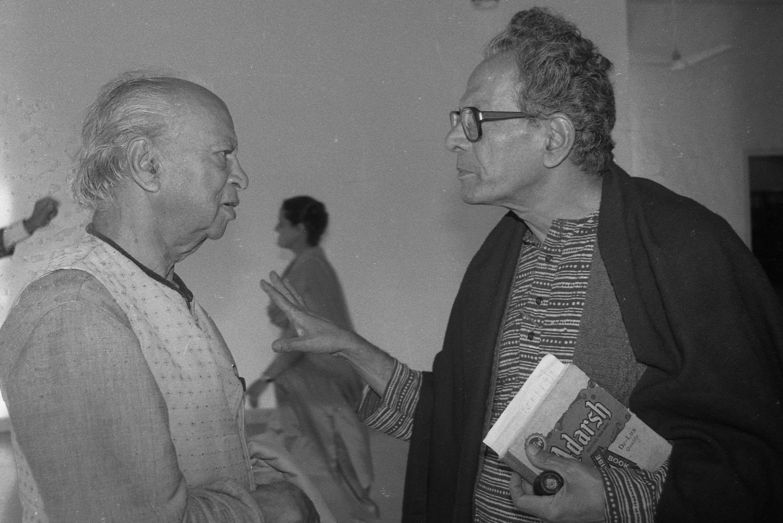
Deshpande remembers Naya Theatre coming to his school and being “blown away” by the performance. His first major interaction with Habib, however, happened in the summer of 1988, when he directed a play for Jana Natya Manch, of which Deshpande has been a member since 1987. ‘Moteram Ka Satyagraha’ was based on a short story by Premchand and was adapted by Safdar Hashmi. “It was fascinating to watch Safdar and Habib saheb work together — one was in his mid-30s and was taking flight artistically, the other was in his mid-60s, at the peak of his creative energies. I soaked it all in, fly on the wall that I was.”
Theatre director Neelam Mansingh Chowdhry was a student at the National School of Drama in 1975 when she first heard of ‘Charandas Chor’, Habib’s new play. “It was being performed at Triveni’s outdoor theatre and it was a sort of pilgrimage for us because his reputation preceded him. An elegant man, he had a pipe in hand, a little beret on his head. He was incredibly handsome and could speak Urdu, Hindi, Chhattisgarhi and English with the same felicity.”
The play was like nothing Chowdhry and her classmates had ever seen. “At the NSD, we were so much into a well-made play, sets, entry and exit, a certain kind of method acting. And here were Chhattisgarhi artistes — children, women, cutting through the age stratification — singing and dancing. It made one recognise theatre as a community, theatre as a family, as an extension of your life. It was quite an eye-opener.” Later, Chowdhry got to know him closely when she became a part of Rangmandal, the repertory of Bharat Bhavan in Bhopal, and Habib was on the governing board.
Deshpande says over the years, one found that the urban actors who worked with Habib Tanvir had to learn to speak Chhattisgarhi, and immerse themselves in the cultures of the rural actors. “Rural actors were undoubtedly the stars of his theatre. Rarely did an urban actor stand out, so brilliant were actors and singers such as Fidabai, Malabai, Bhulwaram, Govindram, Udayram, and so many others!” he recalls.
And these actors and Habib’s theatre were not bound by the proscenium. He took it to villages where the stage would at times be just an 8-foot raised platform, the distance between the actors and the audience negligible. Important people from the village, for instance the sarpanch, would sometimes plonk themselves on the stage. “I would be out of my depths but my actors didn’t seem to mind. Quite soon, I forgot too,” Habib recalled in an interview.
A student at the NSD in the late 1980s, Amritsar-based theatre director Kewal Dhaliwal recalls how encouraging Habib was. “He was doing a play, ‘Dushman’, with the NSD repertory company and his Chhattisgarhi actors. He was a celebrity, but without any airs. He would sit at the chai shop on campus and interact with us, letting us into his theatre and discussing with us the values of theatre and its commitment to society.”
His plays, as we know, were a critique of the times. From ‘Moteram ka Satyagrah’ to ‘Ponga Pandit’, which invited the ire of the right wing, he showed the mirror to society. Courage he showed and courage he admired. Dhaliwal says Habib was awed by the theatre of Gursharan Singh. “Once when Habib saheb and I were in Kolkata for the National Theatre Festival, he told me that theatre in Punjab was very strong in content because of Gursharan Singh, the playwright who refused to be silenced by militants,” recalls Dhaliwal, a protégé of Singh.
Habib insisted that reality must be critically reflected in theatre. “Any play written with depth and produced with any kind of layers, nuances, undertones, must profoundly disturb the audience. The audience should not go back and sleep over it; the images should haunt them.”
Poet Ashok Vajpeyi, a fellow Chhattisgarhi, says his theatre didn’t just force people to think and question but also showed the way to his contemporaries in theatre. “KN Panicker from Kerala, BV Karanth from Karnataka, Ratan Thiyam from Manipur and Bansi Kaul from Kashmir, all of them were later trying to do the same thing. They overrode the dichotomy between the folk and the modern,” says Vajpeyi.
Perhaps the times were such too. India was a newly Independent country in search of modernity, in love with a lost glorious past, searching for a new idiom but aiming to remain rooted too. Vajpeyi says India was in the throes of hard realism. “Theatre too was very prosaic at the time and didn’t have poetry, dance or the earthiness that our folk tradition had. He broke through the realistic mode and created a theatre that was Brechtian in a certain sense. This theatre was more accommodative of the other trends that existed,” he says.
Chowdhry says a lot of directors at that time were restless to find a way of training that was local, vernacular and regional rather than the western tradition that came from Stanislavski or Meyerhold. “Habib found it in the Chhattisgarhi artists, even as he did pan-India tales and those written by world-renowned playwrights such as Molière and Brecht,” she says, adding that he was among the progressives who laid the foundation of the values “that we nurture and hold close to our heart — secularism, fraternity, liberty, freedom of expression, freedom to think, freedom of choices, who to marry. His life was a template for all that India was aspiring for”.
For Sudhanva, Habib, who died in 2009, represents a modern cosmopolitanism that was as comfortable on a village chaupal as in an international city. His theatre broke barriers of religion, caste, language and location — a cosmopolitanism that was deeply embedded in tradition as well as strikingly modern, rational and secular in outlook. And this clicked with his European audience at the Edinburg Festival organised by The Scotsman newspaper where, in 1982, Habib took ‘Charandas Chor’. The play was performed several times during the fest, getting minutes-long standing ovation each time. Each act would be introduced by Habib in English, but a few days into it, he was told that it wasn’t required. The play was reaching its audiences anyways. It won the coveted Fringe First Prize. It had transcended borders of language and culture. The experiment that he had pinned hopes on in that letter to Jill had been successful in every sense of the word.
At Naya theatre, old is gold
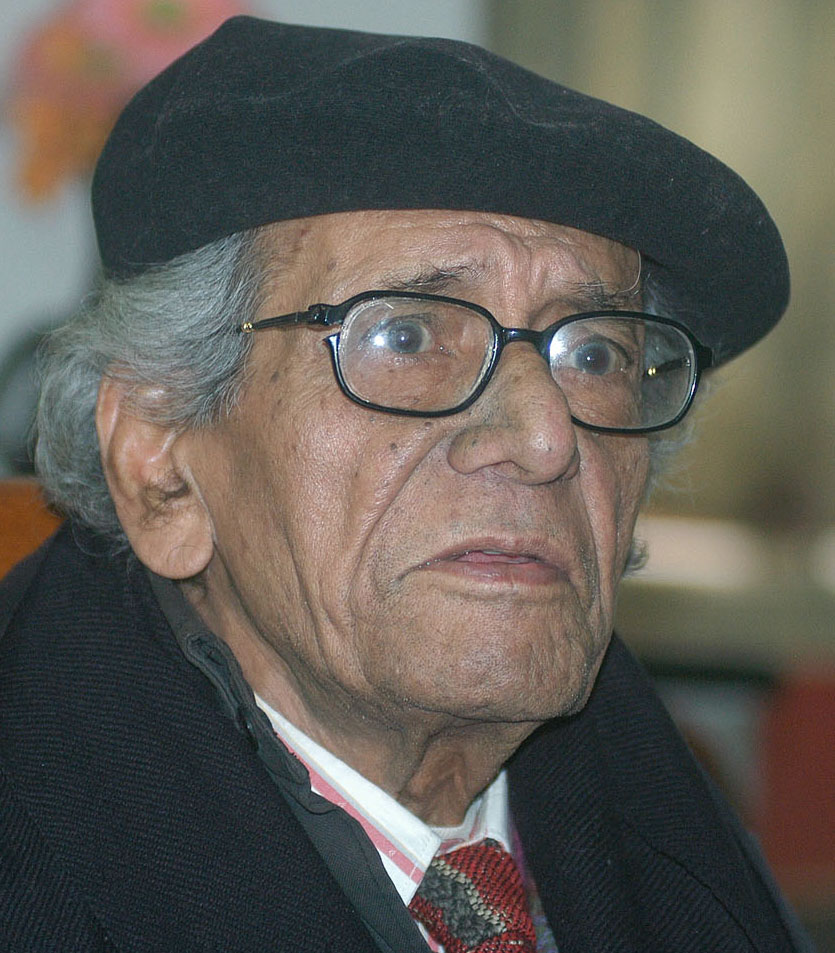 With Habib Tanvir’s daughter Nageen having chosen singing as her calling, Naya Theatre is now helmed by Ramchandra Singh. The team was in Kolkata earlier this week and would be travelling to Purnea, Darbhanga and Patna this month. He says the centenary celebrations will be marked by productions new and old. “Habib saheb’s plays are what people want to see. It is his magic that works,” he says, the most popular being ‘Charandas Chor’, ‘Agra Bazaar’, ‘Jis Lahore Nai Dekheya O Jameya Nai’ and ‘Raj-Rakt’. Sadly, they have failed to recreate ‘Hirma ki Amar Kahani’ and ‘Gaon ke Naam Sasural, Mor Naam Damaad’. “We don’t have singer-artistes of that calibre,” he says.
With Habib Tanvir’s daughter Nageen having chosen singing as her calling, Naya Theatre is now helmed by Ramchandra Singh. The team was in Kolkata earlier this week and would be travelling to Purnea, Darbhanga and Patna this month. He says the centenary celebrations will be marked by productions new and old. “Habib saheb’s plays are what people want to see. It is his magic that works,” he says, the most popular being ‘Charandas Chor’, ‘Agra Bazaar’, ‘Jis Lahore Nai Dekheya O Jameya Nai’ and ‘Raj-Rakt’. Sadly, they have failed to recreate ‘Hirma ki Amar Kahani’ and ‘Gaon ke Naam Sasural, Mor Naam Damaad’. “We don’t have singer-artistes of that calibre,” he says.
PLAYLIST
‘Agra Bazaar’ (1954)
‘Mitti Ki Gaadi’ (1958)
‘Ponga Pandit’ (1960s)
‘Gaon Ka Naam Sasural, Mor Naam Damaad’ (1972)
‘Charandas Chor’ (1975)
‘Bahadur Kalarin’ (1978)
‘Hirma Ki Amar Kahani’ (1985)
‘Moteram ka Satyagraha’ (1988)
‘Jis Lahore Ni Dekheya O Jameya Ni’ (1989-90)
‘Raj-Rakt’ (2006)
Join Whatsapp Channel of The Tribune for latest updates.






















